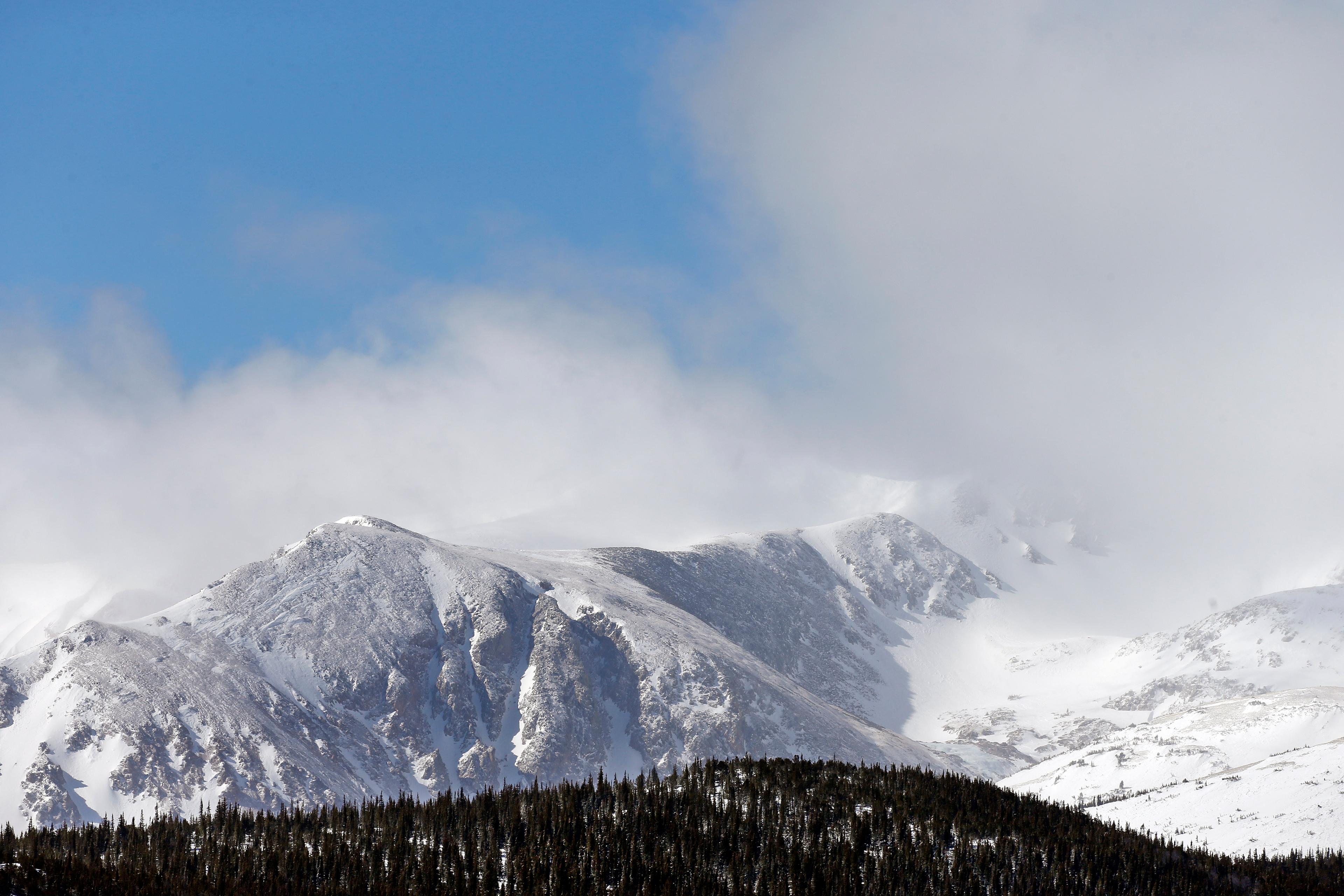

Only one person in Colorado was killed by an avalanche last winter, making it the least-deadly winter since 1997.
That’s despite 66 people being caught in snow slides, The Colorado Avalanche Information Center (CAIC) said in its annual report released this week. CAIC Director Ethan Greene attributed the low death toll to an increase in safety training and education. Greene said more than 7,000 people attended his center's Know Before You Go program last year.
"This is just a short one-hour avalanche awareness presentation that helps get people to understand the dangers out there where they're likely to find them and how to avoid them," said Greene.
Greene said there are also more opportunities in Colorado to take in-depth avalanche courses. These typically last three days and are meant for people who spend a lot of time in the backcountry. The courses go over how to interpret the avalanche forecast, how they form and how to perform a rescue. Greene said these factors could be the reason so many lives were saved last year.
"Those people had proper rescue equipment with them when they got into trouble,” said Greene. “And their companions knew how to use it and produce a really good outcome."
The essential pieces of equipment for those traveling in avalanche terrain, according to the CAIC, are a radio rescue beacon, a shovel and a probe pole. Another piece of equipment that’s growing in popularity among backcountry travelers is an avalanche airbag.
“This is a backpack that you’re carrying all your equipment in,” said Greene. “But it also has a safety device in it that inflates a large balloon if you get caught in an avalanche and tries to keep you on top of the flying snow.”
Last year’s record number doesn't necessarily indicate a trend. Greene said they’ve seen winters in the past with very few deaths that are followed by deadlier seasons. Even though this winter is off to a slow start, there have already been a number of human-triggered avalanches—but no fatalities so far.
“Fortunately, we haven’t had any serious injuries although we have had a couple pretty close calls this winter,” said Greene. “How the rest of this winter looks really depends on what happens with the snow.”
Greene said it’s very important to check the avalanche forecast before traveling in the backcountry.








